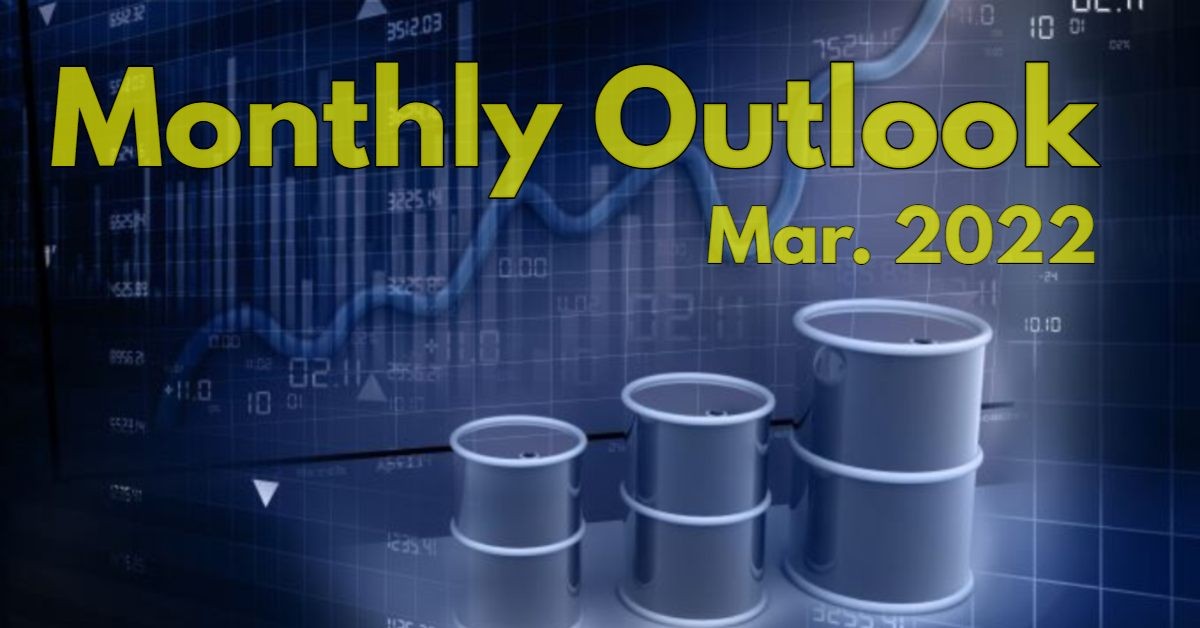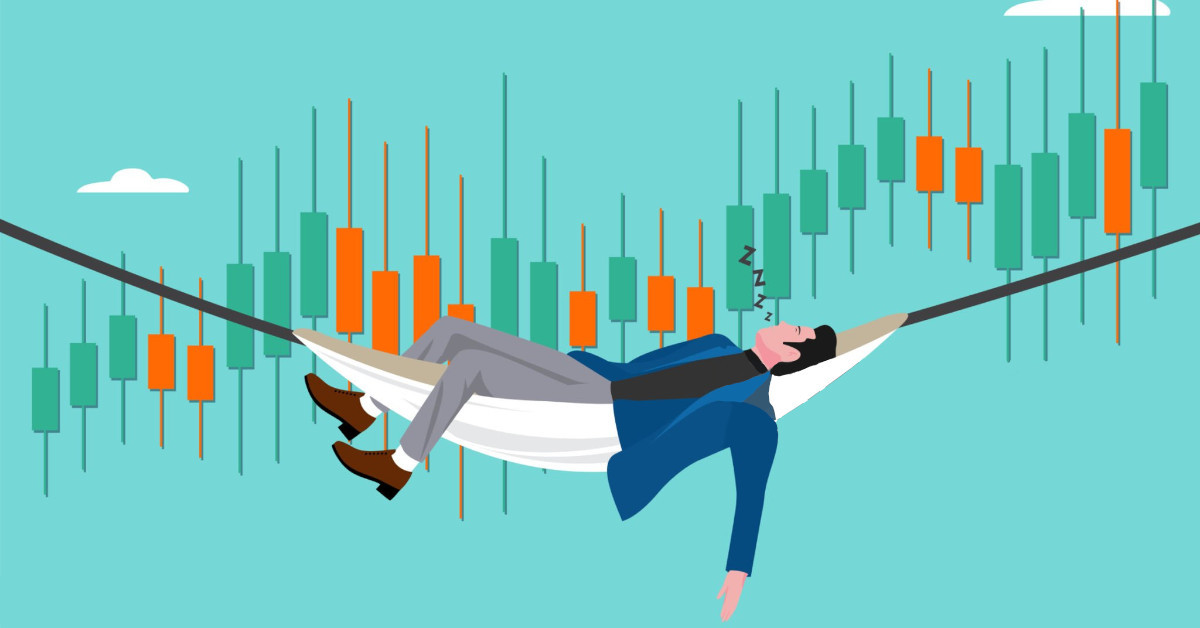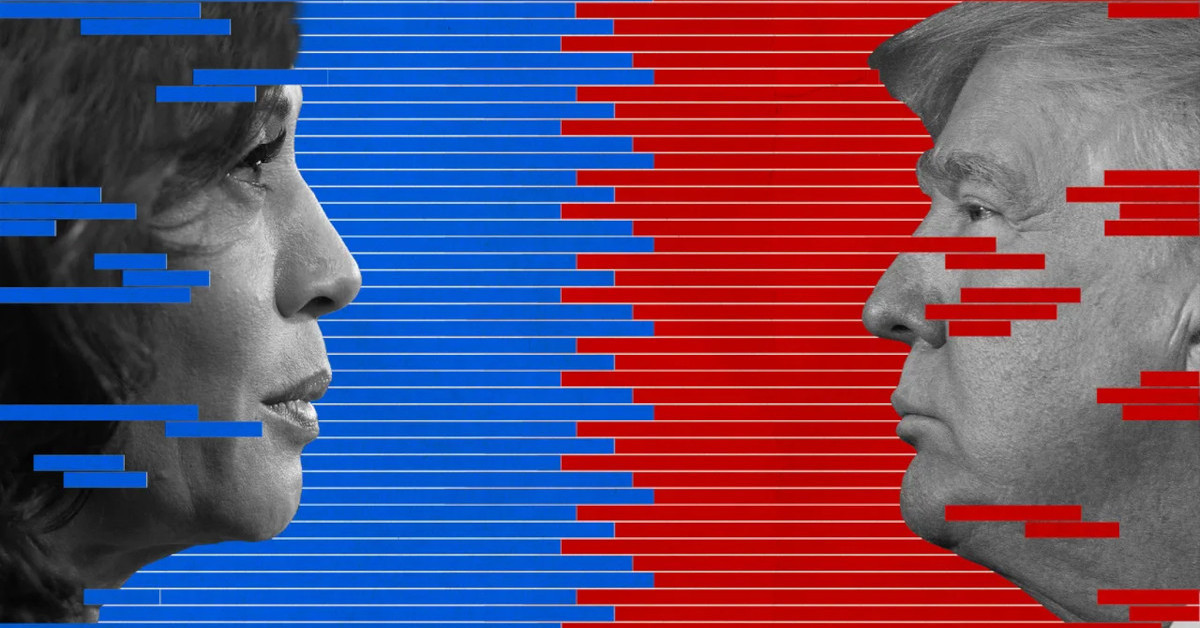The shadow of war on the world economy.
Russia provides almost 50% of European energy, and together with Ukraine, they are providing over a quarter of the world’s exported wheat. In response to war, grocery, utility, and gasoline bills will be rising in the coming months as the war costs will be passed on to consumers.
Economic data that we had so far, and will have during March mostly will be covering February, and not fully affected by the latest tensions. Anyway, with inflation likely to move above 8% on the annual scale in the following months and the unemployment rate to stay under 4%, the Federal Reserve is likely to raise the rates 25basis point at its next monetary policy meeting later on March 16. Let's review the different assets and see what we have to expect from them in the next four weeks.
US Dollar
In the last week of February, with increasing tensions between Russia, and Ukraine, US Dollar safe-haven demand increased and continues to grow after that till now, as tensions increased the concerns about the economic growth. At the same time, we had Mr. Powell's testimony earlier this month in the banking committee of House, where he denied the possibility of a 50pb rate hike, and now market participants counting on a 25bp rate hike, which can slow down the bulls. Later in the next week, if we can somehow end the war, with great economic data from the US, including Retail Sales, Employment, and Housing numbers, market expectations from the FED in the coming meetings will change. On the other hand, if geopolitical tensions continue, the US dollar could test new highs in March. Later in this month, the Fed’s mid-March meeting could be pivotal for the dollar, but still, we have other data also to watch, including PPI (15th), Durable Goods Orders (24th), and PCE Inflation data on 30th.
Euro
Euro still in the shock of the war and mid-February shock by Mrs. Lagarde also could not help it for more than a day. Russia-Ukraine war more than any other economy will affect the Euro, as the first and second biggest European countries fighting each other, while European Energy and wheat directly depend on them. Despite the strong upside pressures on prices, the ECB did not hike interest rates but ended the PEPP, as war already affecting economic growth. However, they changed decreased the APP amount in the next months. The short-term Euro reaction was positive, but it cannot continue as long as Europe suffering from war. Since the European economy demands Russian energy support, the March outlook for the common currency and European Stocks will directly move on the opposite side with market risk. For the rest of March, besides war news, we have to take care of some economic data as well, like German and Eurozone economic condition data (ZEW Index) (15th), PMI Numbers and European Council summit (24-25 March), and Economic sentiment index (30th).
Sterling
Bank of England, not just increased the rates, even repeated that with another 25bp in February, to make it for the first time since 2004, increasing the rate in two consecutive sessions. While we know the UK inflation increased to its 30-years high, lifting the covid restriction helped the British Economy, especially the service sector to improve faster. However, same as other risky assets, British Pound also lost ground by increasing the geopolitical tensions in the last days of February. Same as other assets, the main driver in March for the British economy and its currency, will be the ongoing tensions between Russia and Ukraine, still, we cannot ignore the monetary policy divergences. With these all, finally, we can say that 1.33-1.37 is the range, where we can see the GBPUSD. At the same time, as the European economy is getting more hit, the Pound will be stronger against the common currency, unless something unexpected happens. For March, we have important events and data also to watch, including Labor market data (15th), BoE rate decision/quarterly projections (17th), Inflation numbers (23rd), Retail Sales (24th), and finally the 2021 Q4 GDP on March 31.
Gold and Silver:
While gold is tolerance around 2,000 USD and silver trading around $25, there are several options that we have to be careful about for our investment and trades in March.
The situation in Ukraine is critical, and it adds to the demand for Gold and Silver Safe-haven. On the other hand, increasing inflation, and real interest rates are increasing at their fastest pace, and given the recent rally in Bond Yields and US dollar rate and it might increase even more than most investors expected, Yellow Metal price can be under pressure. For Silver, as it is an industrial metal, continuing the dollar rate with slowing down the economic development, can put it under pressure.
However, the mentioned key drivers of gold and silver prices are not something we can expect them to stay for long. Therefore, both can be reversed as if we see some progress in peace talk or even in the ceasefire. We should not forget that geopolitical-event-based rallies don’t last and are very likely to be reversed anytime.
Therefore, gold and silver prices most likely can stay around these levels for now. The reversal in the key drivers can also support these levels, as market relations to them will move prices in opposite directions.
And finally, Gold and Silver price also will depend directly on FED monetary policy meeting as well on 15-15 March. Any Hawkish policy, or better to say, any decision that the market accepts as a hawkish decision, will lift the prices and vice-versa.
WTI
Oil started March with the fastest pace towards the moon, as Canada, the UK, the US, Australia, and some other countries banded the Oil imports from Russia after it attacked Ukraine. But we know that Geopolitical tensions always have two sides or even several. Western enmity with Russia leads to their previous enemies. Now American with European partners, trying to negotiate with Iran, Venezuela, and Libya to replace the Russian exports. After these reports, oil headed for its first weekly loss in three, despite a rebound after a two-day selloff. Rebound also came after Russia’s holdout over the Iranian nuclear deal, to stop this process.
On the other hand, we have to remember that rising oil prices are like a double-edged sword. Increasing oil prices, increase the production price lifting inflation to the new records. Higher inflation also will end with fewer sales and production and finally the lower demand and again falling prices. This is not what oil exporter wants neither economies nor manufacturing plants that are the main consumers of energy. For March, while we are waiting to still have the prices in the higher levels above $90, however so much higher prices also is a bit unlikely for now. OPEC, IEA, and EIA monthly reports which will publish next week, will be the main market drivers and resources for investors. Of course, taking into account the state of the Russia-Ukraine war and the geopolitical changes in the world is the first price driver priority.
Cryptocurrencies
Same as other assets, cryptocurrencies also had very volatile trades during February and the first days of March. From the last week of February, investors were waiting for President Biden's executive order for the crypto market, which finally ended with not a clear idea of what they are going to do, unless emphasize that the US Dollar must keep its kingdom and more regulation must come to this market. In the first days of the Russian-Ukrainian war also increasing Demand for BTC for transfers in Russia and between Russians, increased the market demand and prices. However, the price increase was short-lived as it was expected to be and again same reasons that put pressure on other risky assets, BTC and other cryptocurrencies also expressed the same behaviors from the investor's side. For March, overall financial market sentiment will be the main driver. The second effective factor in changing prices will be the regulation in different counties. As much as more regulation we are going to have, in short term can put more pressure on prices, but in the long run, it will be positive. And finally, ongoing war and crypto-exchanges reactions to sanctions against Russia and Russian citizen-connected wallets will be important. It will make it more clear for investors and fans how these assets can be out of government control or they can control them as well, which can be negative news for the market.
Wall Street
In February, S&P 500 fell 3.1% in its second consecutive month of losses to print more than 12% loss in 2021 to end the Six-Month bull Rally. The uncertainty across the market was the main market mover, as every day we had more negative and positive news. This uncertainty continued its way through March as well.
There is no doubt that Russia’s war in Ukraine has increased the level of fears and concerns over the future of economic development for investors, but the factors behind this sell-off, are not the only war! We should not forget about higher inflation, expectations for rate hikes by the FED, and the slowing pace of economic growth.
ّFor March, most investors are trying to estimate the real effects of the war on the global economy, especially in the US. Since this conflict mostly affects the European economy and not much the US markets, for recovery after peace also US economy will have a faster and better recovery. The reason that we are watching this war more closely, is not only the size of Ukraine and the Russian economy, which is not that big, but the raw materials, and products that these countries are exporting, including Wheat, Gas, Oil, Precious metal, and stone and Iron are very important for most industries around the world.
Besides updates from war and tensions there, In March focus also will be on inflation, interest rates, and the Federal Reserve monetary policy meeting. Earlier this month, Fed Chair Jerome Powell delivered a semi-annual policy report before Congress on March 2 and 3. He kind of denied the 50bp rate hike, and now market participants mostly count on a 25bp rate hike. While inflation is in its 40-years high, any Hawkish decision will put the leading indices under pressure and vice-versa.


















